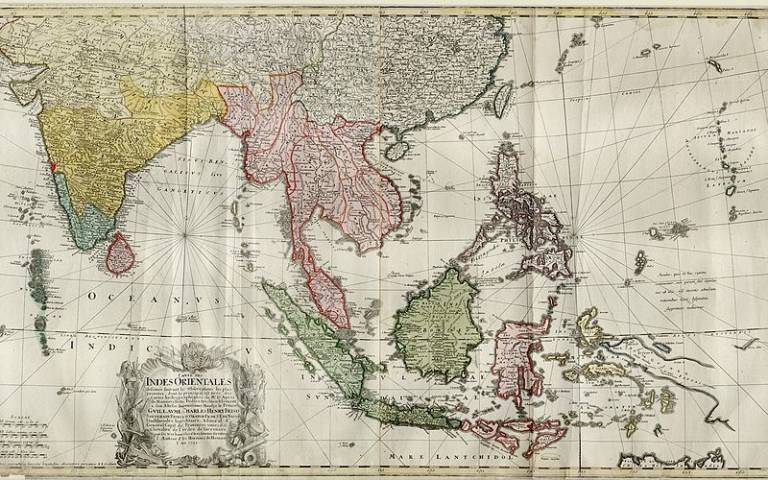Can you give me the timeline of inventions from Asia?
Thanks for your inquiry! This is a really interesting question because it forces us to ask a lot of other questions!

25 May 2023
First of all, what counts as an ‘invention’? When we hear the word ‘invention’, we often think of machines and gadgets. But perhaps one of the most important inventions was the number zero. The idea of zero had been around for a long time, but the idea of notating it with a digit like 1, 2, or 3 came about in India in the 3rd or 2nd century BCE. Without this 0-digit, mathematics and computing as we know them would have been impossible.
Another important ‘invention’ was gunpowder. The earliest recipes for gunpowder can be dated to China’s Tang Dynasty, which ruled from the seventh century CE. But gunpowder is really interesting because, unlike 0 (the digit for zero), it changes. Experts in different places refine and improve the recipe over the centuries as gunpowder moves from east to west and back again. This forces us to ask a second question: What is ‘Asia’?
Asia is just a name Europeans have given to a place; it was usually used to refer to the place to the east of the Christian world. After the rise of Islam in the 8th-9th centuries, Muslim intellectuals were sharing knowledge and coming up with new scientific ideas and inventions, especially in astronomy and medicine. Here’s an example from the Science Museum: https://collection.sciencemuseumgroup.org.uk/objects/co57101/islamic-astrolabe-astrolabe But some of these Islamic scientists lived and worked in places like Spain in Europe, or in north Africa or the eastern Mediterranean, which were all ruled by Muslim dynasties at the time.
Should we primarily label these intellectuals in geographical terms as Asian/African/European, or should we highlight that they were part of the Muslim world, where there was lots of exchange across places and between cultures and peoples? When does something count as ‘European’ rather than ‘Asian’, and why might that kind of labelling be problematic? Are we in danger of missing the vital exchanges between different cultures and societies and places that were important to innovation if we do so?
Thanks again for asking a very stimulating question. And I hope you have fun thinking about my questions, in turn.
 Close
Close


